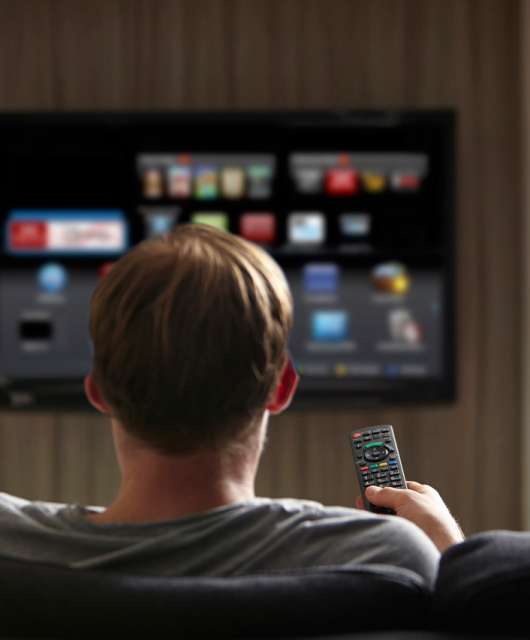Augmented reality (AR) has been trying to become mainstream for years, but so far the Pokémon GO mania has been the only time AR had managed to enter the life of the average people. The craze around the location-based game for mobile devices left a mark, but people’s interest in the AR game disappeared almost as quickly as it appeared.
What’s interesting is that even though AR projects such as Google Glass and Epson Moverio failed to meet the expectations of the masses, the mania around Pokémon hunting helped investors realize the potential of AR – over the last couple of years venture capitalists have been very generous towards AR startups.
The noise around Pokémon GO increased the awareness of the new technology – investors, manufacturers, and developers had one more reason to know that gaming is not the only way AR could be utilized. Currently, hundreds of startups are trying to apply AR to products that are aimed to serve various sectors such as healthcare, engineering, military, marketing, retail, and education.
What makes AR special?
Augmented reality’s main selling point is its ability to transform the world around you. The processing power capabilities of modern day smartphones are good enough to allow users to experience AR without the need of spectacles. With the right app on your phone, you can now see more dinosaurs running around you during your lunch break than you saw in the 2+ hours long Hollywood blockbuster Jurassic Park back in 1993.
The new technology is here to stay, and gaming and entertainment are not the only ways it could benefit people. There are thousands of ways AR could be applied to retail, military and even healthcare. AR technology can make a difference in the food industry too. Restaurants are slowly starting to introduce the option for customers to be able to see their meal in front of them before they’ve even placed an order. This might be an environmentally friendly way to replace menus! Imagine if you can see how a particular meal would look at your table before you’ve even ordered it! Well, this is a reality now!
While seeing how furniture and food would look in your room may not sound as groundbreaking, New Scientist magazine recently reported that AR smart glasses app might be able to help children with autism. The new app overlays the faces of people and helps autistic kids feel more comfortable when interacting with others. People with autism sometimes find it hard to read facial expressions, and the app is meant to enhance those expressions making them easier for interpretation.
Being able to “augment” elements in the form of computer-generated perceptual information, to live view the real-world environment, is one of the reasons why military augmented reality market is estimated to reach nearly $2 billion by the end of 2025. AR technology is proving useful by being able to deliver situation awareness information and location-based data to armed forces without affecting their full view. Having visible hands-free navigation is another driving factor that is proving to be effective for troops on missions. Soldiers can easily differentiate friends from foes in combat situations.
Is it ready for the masses?
AR is not yet ready for the masses, but researchers predict that the market for AR devices will continue snowballing and in the next ten years multiple industries will adopt AR technology powered products. Wearing smart glasses may one day be as popular as having a smartphone!








